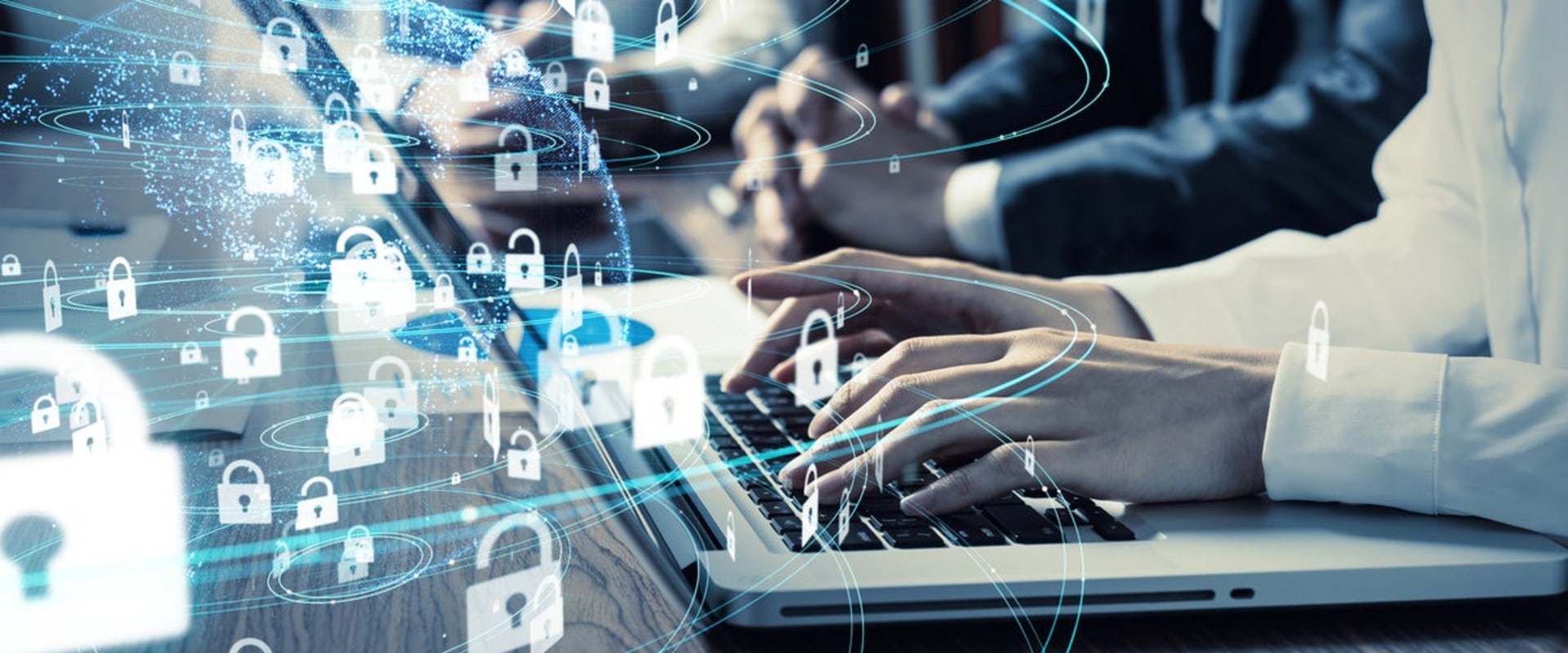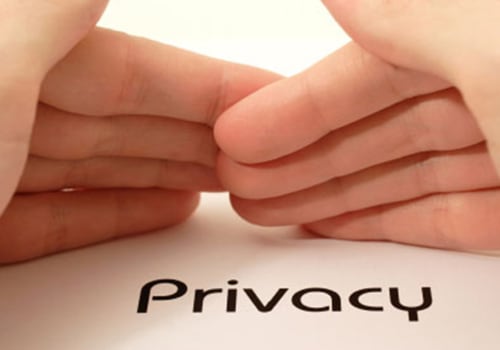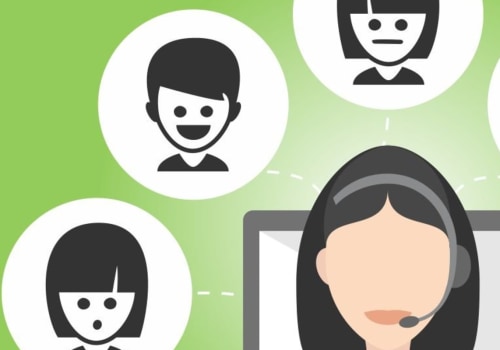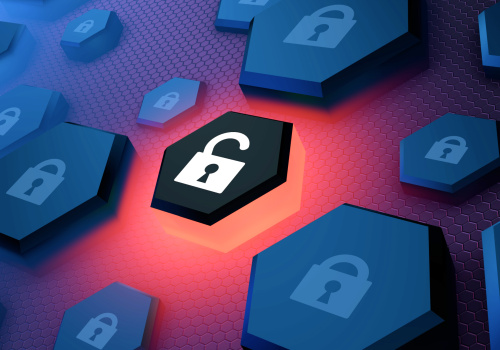Maintaining secure access to an organization's information systems is an important component of any successful cybersecurity strategy. Access controls are a critical component of the security infrastructure that helps ensure only authorized users have access to sensitive data. In this article, we'll explain the various types of information systems access controls and how they help organizations protect their data from unauthorized access. Information systems access controls are essential for any organization's security, as they help protect the information stored within a system from unauthorized access. Access controls can be divided into two categories: logical access controls and physical access controls.
Logical access controls are used to control user access to the system, while physical access controls are used to physically secure the system itself. Logical access controls are typically implemented through authentication measures such as username and password combinations, two-factor authentication, biometric authentication, and authorization levels. These authentication measures ensure that only authorized users can gain access to the system and view the information stored within it. Additionally, they can help organizations meet HIPAA security requirements by preventing unauthorized users from accessing sensitive data.
Physical access controls include physical barriers such as locks, fences, and surveillance systems, as well as technical measures such as firewalls, antivirus software, and intrusion detection systems. These measures are used to secure the physical environment in which the system operates, as well as to protect the system from malicious attacks. By implementing physical access controls, organizations can help ensure that their systems remain secure and that only authorized users can gain access to them. When it comes to implementing information systems access controls, organizations should create a detailed plan that outlines which controls should be implemented and how they should be managed.
Additionally, organizations should ensure that all personnel involved in managing the system have a clear understanding of the security policies in place and are aware of their responsibilities for maintaining the security of the system. Organizations should also use best practices when implementing information systems access controls. This includes ensuring that all users have unique credentials and that passwords are regularly changed; using encryption to protect sensitive data; and monitoring user activity on the system to detect any potential threats or unauthorized access attempts. Additionally, organizations should consider using multi-factor authentication methods to further strengthen their security protocols.
In conclusion, information systems access controls are an important part of any organization's security protocols. They can help organizations meet HIPAA security requirements by controlling user access to the system and protecting it from malicious attacks. Organizations should create a detailed plan for implementing information systems access controls, use best practices when managing them, and ensure that all personnel involved in managing the system understand their responsibilities for maintaining its security.
What Are Some Best Practices for Managing Information Systems Access Controls?
Information systems access controls are a critical component in any organization's security plan. There are several best practices that can be employed to ensure that access controls remain effective and secure.These include implementing strong authentication protocols, limiting access to only those who need it, and using encryption to protect sensitive data. Strong authentication protocols can help prevent unauthorized access to information systems. Authentication protocols typically require a user to provide credentials such as a username and password, or other forms of multi-factor authentication such as biometrics. This helps ensure that only the correct people have access to the system.
Limiting access to only those who need it is another important best practice for managing information systems access controls. Organizations should assess which personnel need access to each system, and then limit access accordingly. This helps reduce the risk of unauthorized access from insiders or outsiders. Finally, organizations should use encryption to protect sensitive data.
This ensures that even if a system is breached, the data remains secure and unreadable without the proper decryption keys. Encryption is a powerful tool for protecting data, and organizations should take advantage of it when possible.
What Are Information Systems Access Controls?
Information systems access controls are a set of procedures and policies designed to protect an organization's digital data and resources. These controls are designed to ensure that only authorized personnel have access to sensitive information, while also preventing malicious actors from gaining access. Access controls are an integral part of any organization's security, as they serve to protect the confidentiality, integrity, and availability of an organization's data. Access controls can be divided into two main categories: logical and physical.Logical access controls are implemented through software, such as passwords and two-factor authentication, while physical access controls are in place to restrict physical access to certain areas or resources. Both types of access controls are necessary in order to meet HIPAA security requirements. For example, a company may require employees to use two-factor authentication when accessing certain sensitive documents. This is a logical access control that helps to protect the confidentiality of the documents. Additionally, the company may also restrict physical access to certain areas of the building, such as the server room, in order to prevent unauthorized personnel from accessing sensitive data stored there.
This is a physical access control. Information systems access controls are important for protecting an organization's data and resources from unauthorized access. They are also essential for meeting HIPAA security requirements, ensuring that the organization's information systems are secure from malicious actors and unauthorized personnel.
What Are the Different Types of Information Systems Access Controls?
User AuthenticationUser authentication is an information systems access control that helps to ensure that only authorized users are accessing the system. This can be done through the use of passwords, PINs, biometrics, or other forms of authentication. For example, a bank may require its customers to use a password and a PIN to access their online accounts.Authorization
Authorization is another form of information systems access control.It is used to control which resources a user can access and what actions they can perform. For example, an employee may only be authorized to access certain parts of the company's database, and they may only be able to perform certain actions such as viewing or editing data.
Encryption
Encryption is another important information systems access control. Encryption is used to protect data from unauthorized access by scrambling the data so that it can't be read without a key. For example, when you make an online purchase, the credit card information is encrypted so that it can't be accessed by third parties.Access Logging
Access logging is a form of information systems access control that records all user activity on the system.This can be used to help detect any unauthorized access attempts or suspicious behavior. It can also help track user activity for auditing purposes.
How Do Information Systems Access Controls Help Meet HIPAA Security Requirements?
Information systems access controls are an important part of any organization's security, especially in regards to meeting HIPAA security requirements. Access controls are a set of security measures that organizations put in place to ensure that only authorized personnel have access to sensitive information and systems. By utilizing access controls, organizations can ensure that only authorized users have access to sensitive data, systems, and applications.Access controls are typically divided into two categories: administrative and technical. Administrative access controls focus on setting up policies and procedures that govern how users interact with systems, while technical access controls involve the use of technology to restrict access to data and systems. Examples of administrative access controls include user authentication, user authorization, and logging. Examples of technical access controls include encryption, firewalls, and intrusion detection systems.
Organizations can use these two types of access controls to help meet the HIPAA security requirements. For instance, the use of authentication and authorization processes can help ensure that only authorized personnel have access to sensitive data. Additionally, encryption can help protect sensitive data from being accessed by unauthorized users. Firewalls can be used to protect an organization's network from outside threats, while intrusion detection systems can detect suspicious activity and alert administrators.
By implementing these access controls, organizations can better protect their sensitive data and ensure compliance with HIPAA security requirements. Additionally, it is important for organizations to regularly audit their access control policies and procedures to ensure they are up-to-date and effective.
How Can Organizations Implement Information Systems Access Controls?
Organizations can implement information systems access controls by developing policies and procedures that are designed to ensure the security of their systems. These policies and procedures should include password requirements, user access rights, and software and hardware configurations. All policies and procedures should be reviewed regularly to ensure they are up-to-date and secure.Organizations can also use technologies such as firewalls, anti-malware software, and encryption to protect their information systems from unauthorized access or malicious attacks. Additionally, organizations should invest in training for staff on how to properly use and manage the systems, as well as security awareness training to help employees recognize potential threats. Organizations should also consider implementing multi-factor authentication for users, which requires users to provide multiple pieces of evidence (e.g., passwords, tokens, etc.) in order to gain access to a system. This can help reduce the risk of unauthorized access or malicious attacks on the system.
Finally, organizations should audit their systems regularly to ensure that all policies and procedures are being followed and that all security measures are in place. Audits should also be conducted regularly to identify any weaknesses in the system that could potentially be exploited.
Examples
For example, an organization may require all employees to use strong passwords that contain a combination of letters, numbers, and special characters. They may also require two-factor authentication for certain sensitive systems or data.Additionally, the organization may configure their firewalls to only allow certain types of traffic and to block suspicious activity. Finally, the organization may conduct regular audits of their systems to ensure that all security policies are being followed. The importance of information systems access controls for meeting HIPAA security requirements cannot be overstated. These controls provide organizations with a way to protect the privacy and security of their data, while still allowing the necessary levels of access to personnel. By understanding the different types of information systems access controls, organizations can better implement them into their existing security protocols.
Additionally, following best practices when managing information systems access controls can help organizations ensure that their data remains secure. This article has discussed the importance of information systems access controls and how they can help organizations meet HIPAA security requirements. Additionally, potential disagreements such as the need to balance security with usability have been addressed.








Leave Message